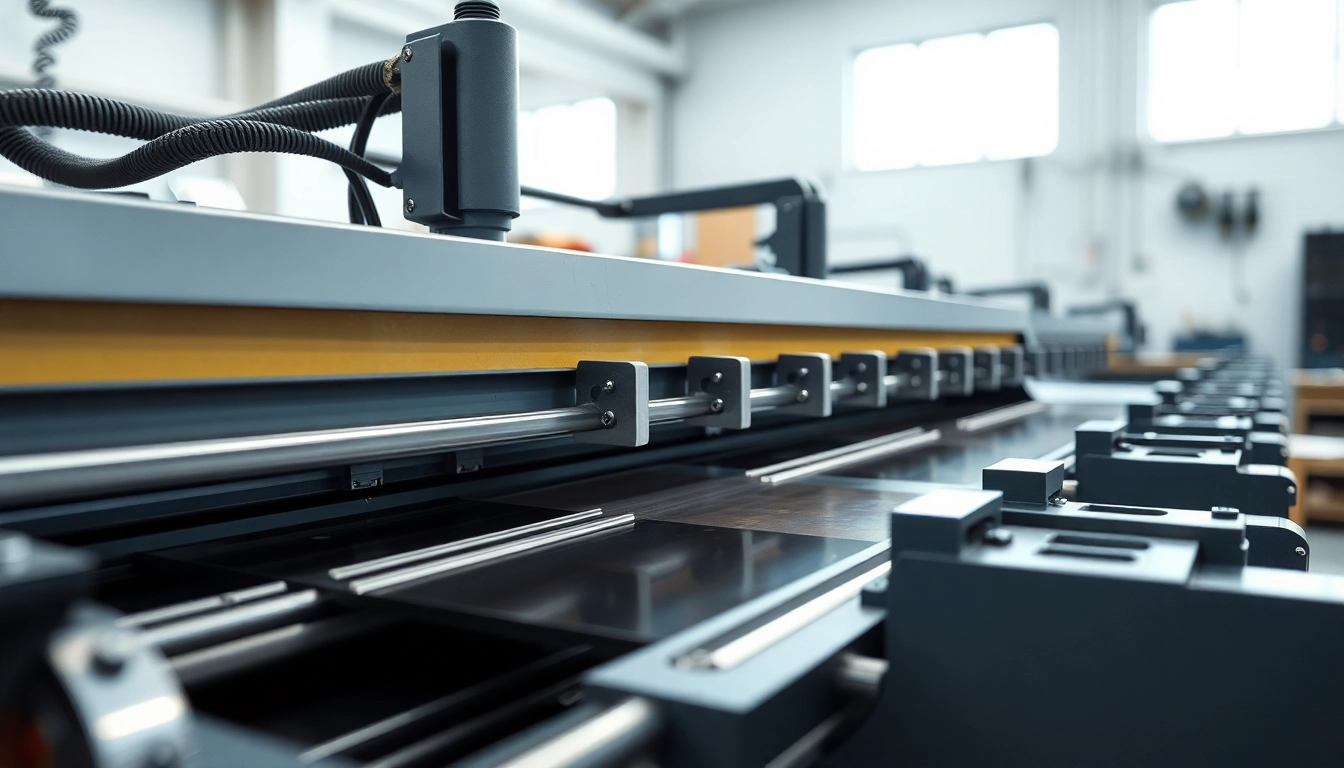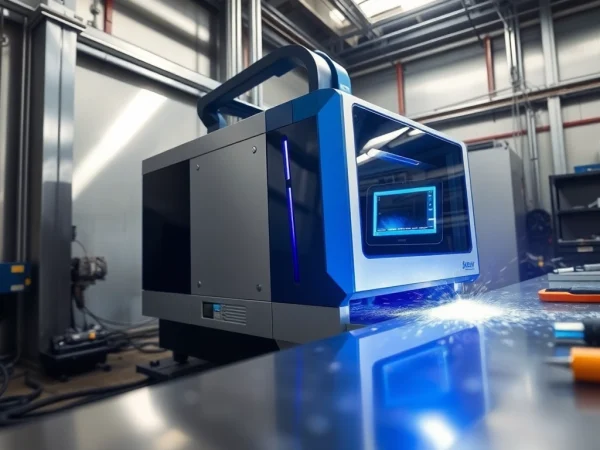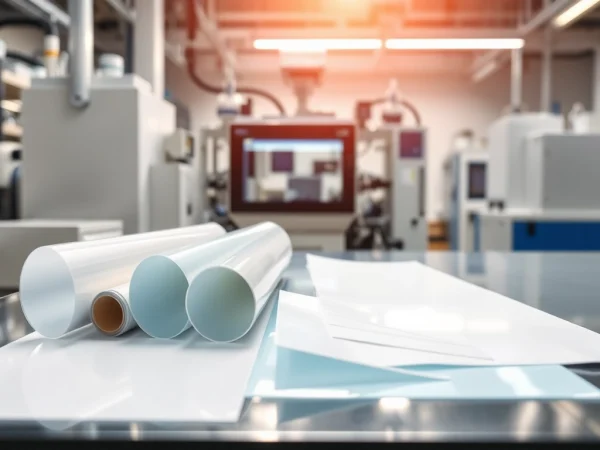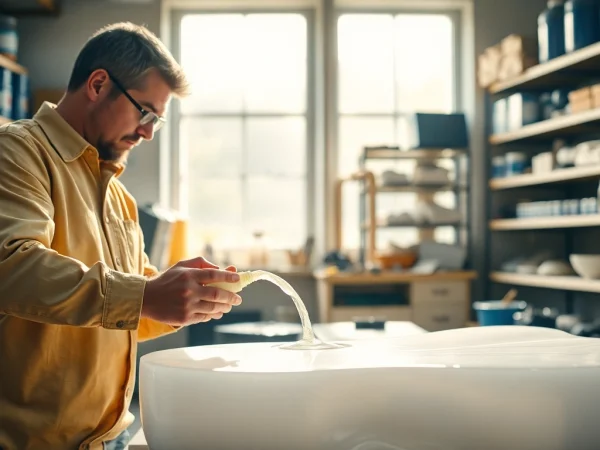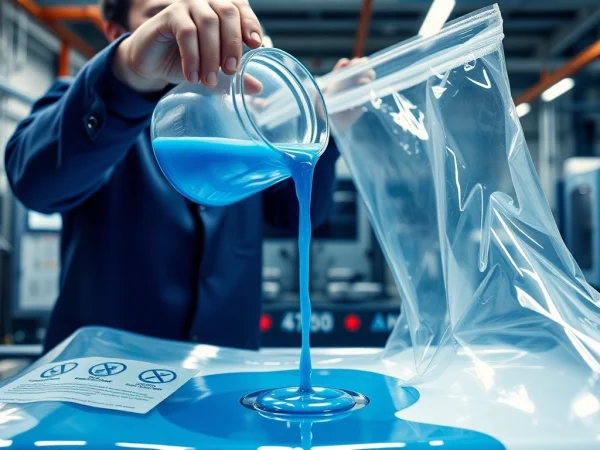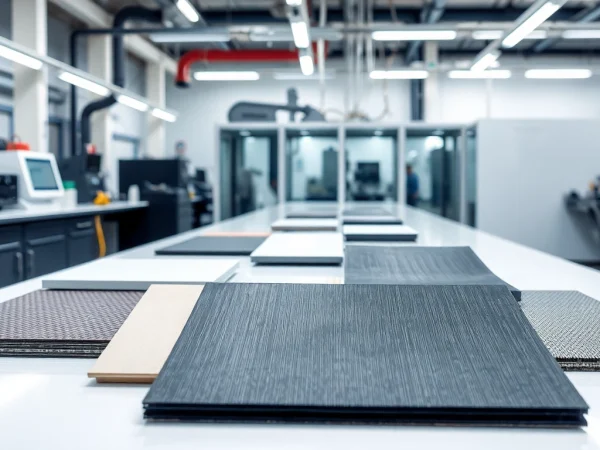Precision Die Cutting Services: Enhancing Quality and Efficiency for Your Projects
Understanding Precision Die Cutting
Precision die cutting is a specialized manufacturing process that entails the use of sharp blades, templates, and cutting dies to create precise shapes and designs from a variety of materials. This methodology is integral for industries that require accuracy, consistency, and efficiency in producing components, packaging, and other items. In today’s competitive market, precision die cutting stands out as a vital process that transforms raw materials into finished products with intricate designs catered to specific needs.
What is Precision Die Cutting?
At its core, precision die cutting refers to the process where pre-designed patterns are cut into a selected material using a die, which is a specialized tool designed for this very purpose. The process can be broken down into multiple steps, including design, tooling, cutting, and finishing. The degree of precision achieved can reach tolerances as tight as +/- 0.005 inches, making it ideal for applications where detail is paramount. Precision die cutting is commonly utilized for paper, cardboard, plastic, rubber, foam, and metals, each material requiring tailored settings to maintain the integrity and accuracy of the cut.
Applications of Precision Die Cutting
Precision die cutting has vast applications across various industries, such as:
- Packaging: Used for creating intricate boxes, labels, and cushioning materials, essential for product safety and marketing.
- Automotive: Manufacturing precise gasket and insulation parts that demand high accuracy to ensure functionality.
- Electronics: Producing components like custom cut insulators or spacers for devices, which require strict adherence to measurements.
- Medical Devices: Creating precision components for medical equipment, including seals, gaskets, and pads, where quality control is critical.
Key Benefits of Precision Die Cutting
The advantages of utilizing precision die cutting are multifaceted:
- Accuracy: The ability to achieve precise dimensions makes this technique ideal for industries where specifications are critical.
- Reproducibility: Once a die is created, it can be used repeatedly, ensuring uniformity across all production runs which is particularly important in quality control.
- Cost-Effectiveness: While the initial costs for creating a die can be significant, the long-term savings in production efficiency and reduced material waste often outweigh these expenses.
- Versatility: Capable of working with a range of materials and thicknesses, allowing for various products to be created under one manufacturing process.
Types of Die Cutting Techniques
Flatbed Die Cutting Explained
Flatbed die cutting employs a flat table on which a die is pressed down onto the material, cutting it to the desired shape. This technique is favorable for thicker materials, as it permits the cutting of large sheets. Furthermore, flatbed cutting is distinctly advantageous for little runs or custom projects since it allows for easy set-up and modifications. This method also ensures high precision; however, it is traditionally slower than its rotary counterpart.
Rotary Die Cutting: An Overview
Rotary die cutting employs a cylindrical die that rolls across the material, offering a continuous cutting process. Its efficiency makes it suitable for high-volume production runs. The cuts produced are consistent and usually deliver better edge quality than flatbed techniques. Since the dies rotate, this method minimizes waste and can produce significantly smoother edges, making it preferred for high-speed applications where time and efficiency are critical.
When to Use Laser Die Cutting?
Laser die cutting is a modern alternative that employs a high-powered laser beam to cut through materials. This technique is exceptionally beneficial for complex designs that require intricate detail. Laser cutting can be highly versatile, accommodating various materials from delicate fabrics to dense plastics, offering an alternative wherein traditional dies might struggle. It excels particularly in prototyping and low-volume runs, as laser cuts typically require minimal setup time and can be adjusted via digital design inputs.
Choosing the Right Material for Precision Die Cutting
Common Materials Used in Die Cutting
When it comes to precision die cutting, the choice of material is crucial. Commonly utilized materials include:
- Cardboard: Widely used for packaging and a cost-effective option for making prototypes.
- Foam: Popular in various applications, from cushioning to insulation.
- Plastics: Versatile and can come in numerous grades and colors, serving sectors such as packaging and product design.
- Metals: Effective for producing durable components like brackets, hinges, and many automotive applications.
Material Properties for Optimal Cuts
To achieve the best results in die cutting, understanding the properties of each material is vital. Factors such as tensile strength, elasticity, and thickness can greatly influence the quality of the cut. Soft materials may bend or compress under the die’s pressure while rigid materials may require specialized dies to maintain quality. Furthermore, materials that are too thick or too thin may complicate the cutting process, necessitating a tailored approach to each project.
Impact of Material Thickness and Type
The thickness of the material often dictates the type of die cutting that can be employed. For instance, flatbed die cutting may be necessary for thicker substrates, while thinner materials might be effectively processed using rotary or laser cutting techniques. The type of material also plays a significant role; for example, metals may require harder dies compared to flexible plastics, dictating a necessity for varied equipment and settings. Understanding these nuances is essential for optimizing performance and overall quality.
Cost Factors in Precision Die Cutting Services
Analyzing Die Cutting Costs
The cost implications of precision die cutting hinge on multiple factors, notably the complexity of the die design, the material used, and the production volume. Initial costs include die creation, which can range from hundreds to thousands of dollars based on detail and intricacy. Additionally, materials cost will vary significantly throughout the selection process, impacting overall expenditure.
Economies of Scale: How They Affect Pricing
With die cutting, economies of scale are crucial; larger production volumes generally reduce the per-unit cost. Thus, while a small order may have a higher per-piece cost due to the upfront die making investment, larger quantities can significantly reduce this price, making it beneficial for mass production runs. Understanding when to scale operations can provide substantial savings while aligning with business objectives.
Budgeting for Precision Die Cutting Projects
Establishing a comprehensive budget for precision die cutting projects involves a thorough analysis of both direct costs (those associated with materials and die creation) and indirect costs (such as labor and equipment overhead). Creating a timeline for when to initiate large volumes can also assist in minimizing costs, especially if fluctuations in material pricing are anticipated. By planning carefully, organizations can avert budget overruns and enhance project viability across their production needs.
Measuring Quality in Precision Die Cutting
Key Performance Indicators for Success
To measure the success of a precision die cutting project, organizations should establish key performance indicators (KPIs) that reflect operational efficiency and quality assurance. These metrics should include:
- Precision Level: Measurement of how close the cut dimensions are to specifications.
- Production Rate: Efficiency of output in relation to time.
- Material Wastage: Indicating cost-effectiveness and environmental impact.
- Defect Rate: The ratio of defective products to overall output.
Common Quality Control Steps
Quality control in precision die cutting encompasses several steps to ensure output meets desired standards. Regular inspection of machinery, calibrating dies, and conducting in-process checks can help secure quality output. Further, utilizing digital tools for tracking and measurement can streamline quality assurance protocols, ensuring quick identification of flaws or deviations from specifications.
Tolerances and Their Importance in Precision Cutting
Tolerances play a fundamental role in precision die cutting, affecting both the functionality and aesthetic aspects of the final product. The tightness of tolerances indicates how close a product comes to the intended design without deviating. Typical tolerances might range from +/- 0.005 inches to +/- 0.010 inches, with tighter specifications often necessary for applications requiring intricate fits or surfaces. Maintaining precise tolerances not only enhances product quality but significantly impacts the overall performance in its practical applications.
